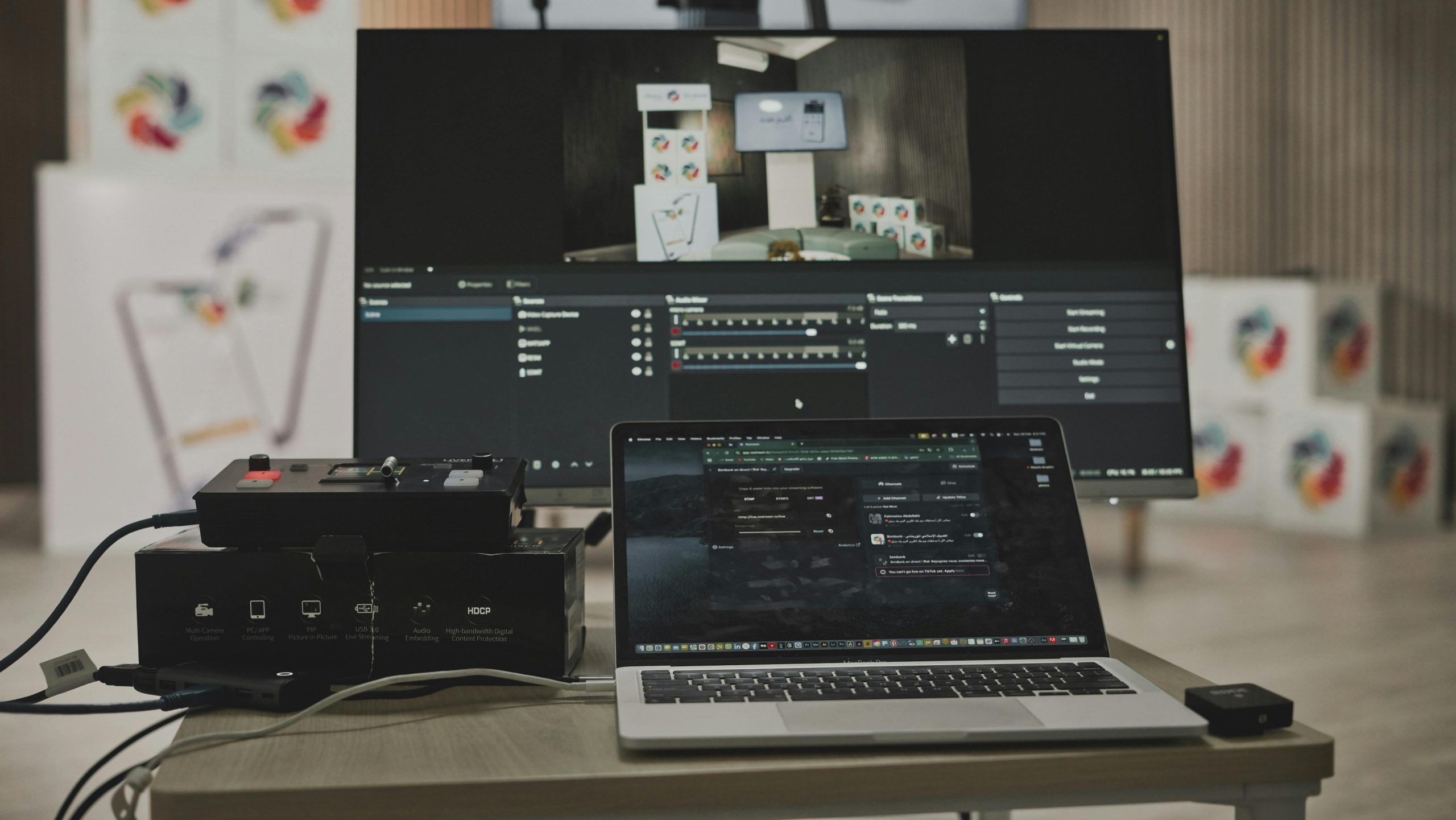Choosing the Right HDMI Splitter for Multi-Monitor Setups: Troubleshooting and Best Practices
In today’s multitasking-driven work environments, extending your desktop across multiple monitors has become essential for productivity. Many users turn to HDMI splitters as a cost-effective solution to expand their display real estate. However, setting up and maintaining multiple monitors using HDMI splitters can sometimes lead to technical issues. This article explores practical insights into selecting reliable HDMI splitters and troubleshooting common display problems.
Understanding HDMI Splitters for Multi-Monitor Extensions
An HDMI splitter is a device designed to distribute a single HDMI signal to multiple displays. Unlike HDMI multi-viewers or matrix switches, which can send different signals to different screens, simple splitters replicate the same content across several monitors. When used for extending displays—that is, having different content on each monitor—it’s important to choose a device explicitly rated for this purpose.
Some devices marketed as “HDMI splitters” are actually HDMI extenders or multi-output devices tailored for extended desktop setups. Always verify the specifications to ensure the product aligns with your intended use.
Case Study: Troubleshooting Extended Display Glitches
Consider a typical scenario where a user has recently purchased an HDMI splitter intended for extended displays. Initially, the setup worked flawlessly; however, after some time, one monitor begins exhibiting visual glitches—parts of the screen display incorrectly or flicker.
Key observations:
- The issue is limited to specific regions of the monitor—no complete screen failure.
- Directly connecting the affected monitor to the laptop via HDMI results in normal display.
- The monitor functions correctly in direct connection, indicating the issue likely resides with the splitter or the cables.
Troubleshooting Steps and Best Practices
When faced with such display glitches, consider the following troubleshooting strategies:
-
Verify Cable and Connection Quality
-
Use high-quality HDMI cables to ensure stable signal transmission.
- Inspect cables for any physical damage or wear and replace if needed.
-
Ensure all connections are firmly plugged in, with no loose contacts.
-
Test the Monitor Independently
-
Connect the monitor directly to the laptop to confirm it displays correctly.
-
Confirm resolution settings are compatible across all devices.
-
Evaluate the HDMI Splitter’s Compatibility and Capabilities
-
Check if the splitter supports the resolution and refresh rate of your monitors.
- Confirm whether the device is intended for extended desktop use or merely for duplicating screens.
4.
Share this content:



